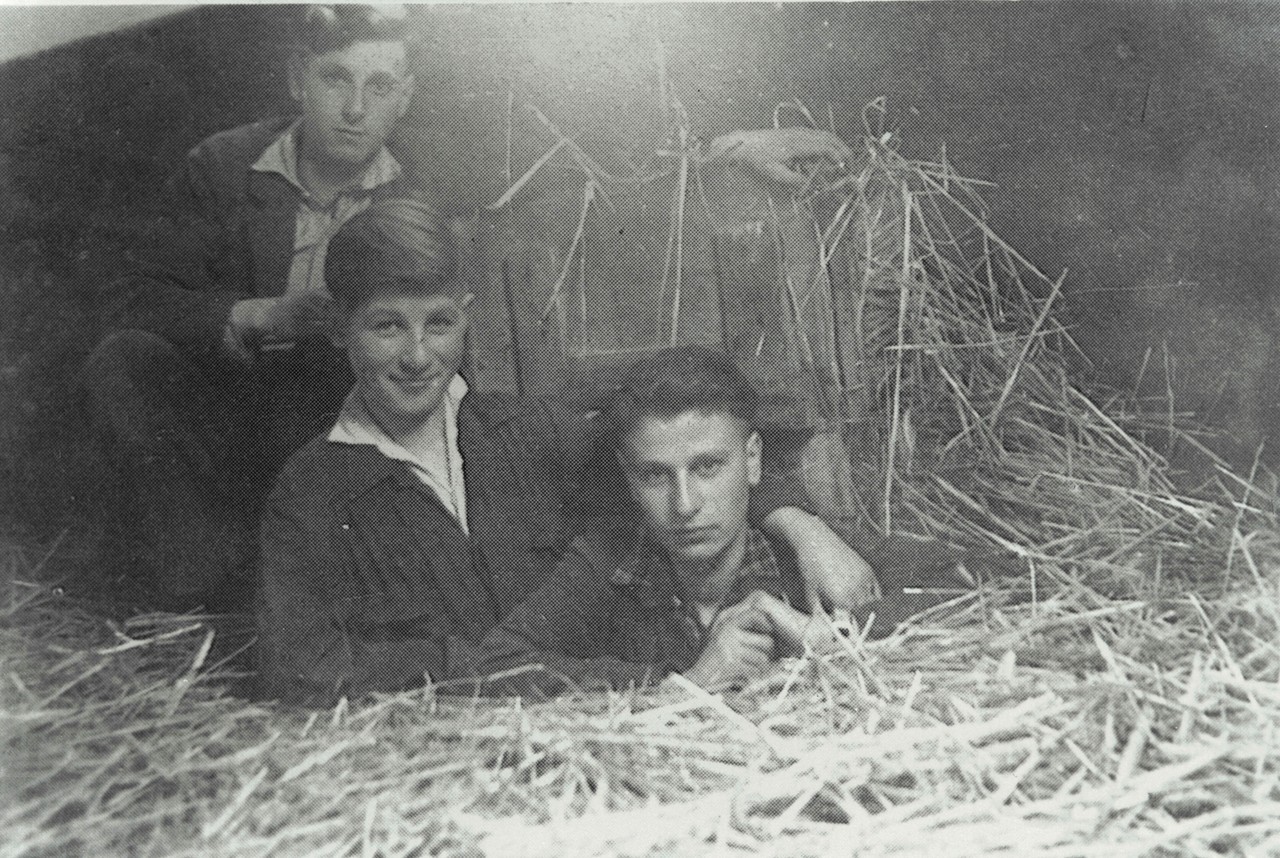In 1941, three Lichtenvoorde residents looked for ways to bring the prisoners of war back to Belgium. Initially, this was done by bicycle and later by train. Because of the many requests for help, the Lichtenvoorde resistance group grew steadily larger.
Partly due to messages that the Red Cross was able to smuggle into the camps, the number of people seeking help soon increased. Hand-drawn maps, sometimes hidden in food parcels, indicated a route to Lichtenvoorde. At first, they took refuge in the church, but soon also—most famously—at the baker’s house in the centre, recognisable by a green door (le boulanger avec la porte verte).
That baker kept lists of names, which represent the minimum number of people who were helped. He took in 232 French speakers, four Allied pilots, and three Yugoslavs.
